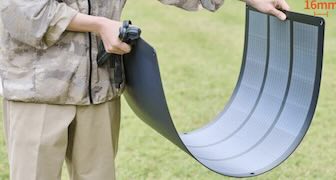Jun 02 (Japan Today) - A study in Japan found that women were significantly more likely than men to develop rash-like side effects after a first dose of Moderna Inc's COVID-19 vaccine.
The study of 5,893 participants between May and November last year showed that 22.4% of women developed delayed skin reactions after the first shot, compared to 5.1% of men.
The symptoms were mild and not considered a contraindication of the mRNA-based vaccine, according to the June 1 report in the Journal of the American Medical Association.
Delayed skin reactions, happening on or after six days from the shot, have been also reported as a rare adverse event in the United States and Europe, according to the authors from Tokyo's Self-Defense Forces Central Hospital.
But the incidences appear to be higher in Japan, they wrote, perhaps because of a higher awareness of such symptoms in the country.















